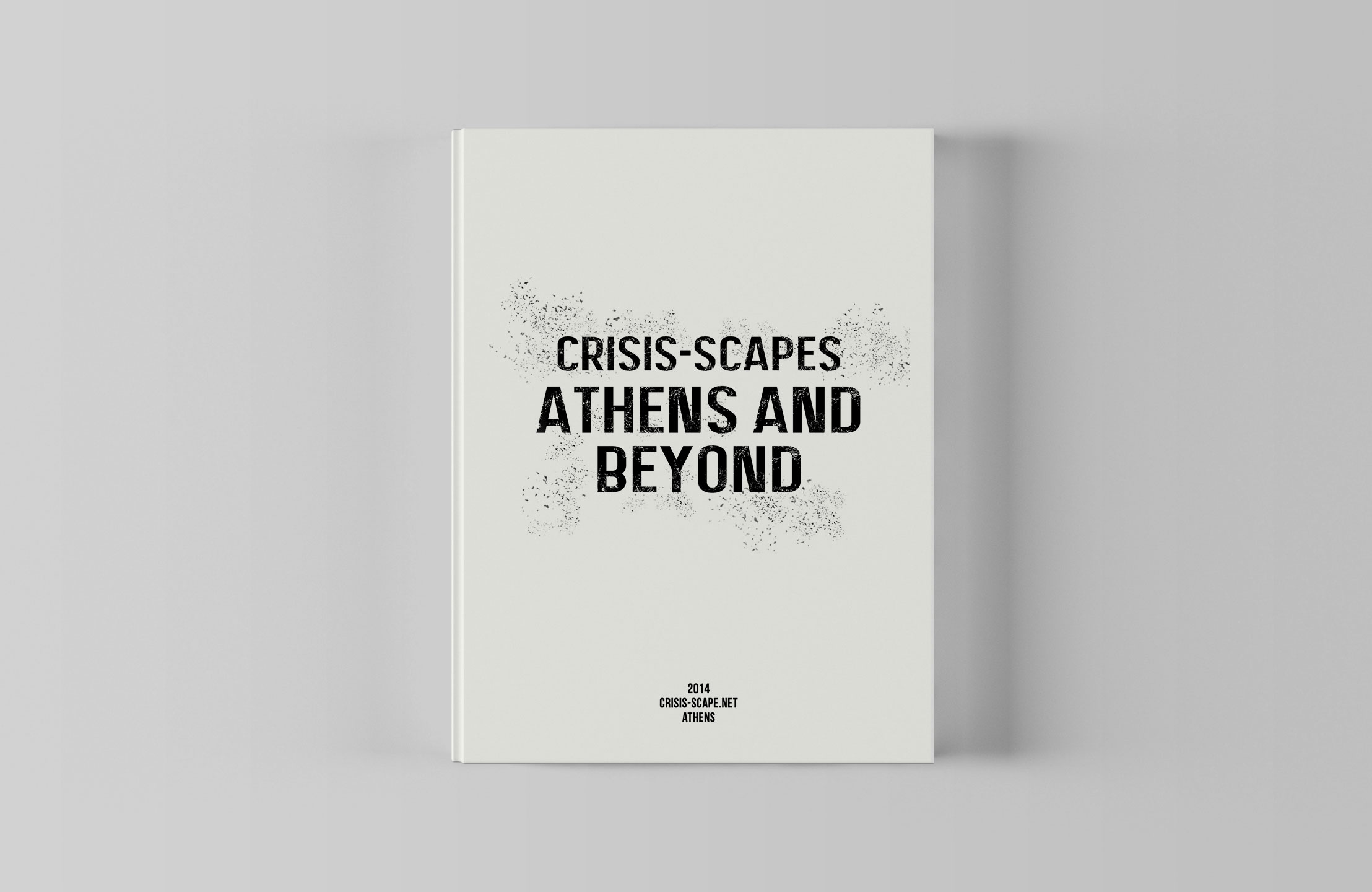This book was published as part of the City at a Time of Crisis project

Foreword
Four years and four days. The exact amount of time, that is, that has lapsed since the day the greek state would sign its ‘memorandum of agreement’ with its lenders (the IMF, the EU and the ECB), on May 5, 2010—officially making its own way into the era of global austerity and crisis. An entering that would come with a bang, and very much stay so: from that moment on, the social tension playing out at the greek territory would feature—constantly, it seems—in discussions, analyses and reports the world over.
But what is life like in a city that finds itself in the eye of the crisis- storm, how does the everyday reality here compare to Athens’ global media portrait? What kind of lessons might our city be able to learn from the outbreaks of capitalism’s crises elsewhere, and what lessons might the Athenian example be able to offer, in return? The volume that you hold in your hands acts as an accompaniment to a conference that tried to answer some of these questions. ‘Crisis-scapes: Athens and beyond’ took place in the city of Athens on May 9&10, 2014. Over the two days, the conference tried to explore an array of the facets of the crisis in the city, divided between five axes/panels, which are in turn mirrored in the structure of this book: 1. Flows, infrastructures and networks, 2. Mapping spaces of racist violence, 3. Between invisibility and precarity, 4. The right to the city in crisis and 5. Devaluing labour, depreciating land.
Five broad axes comprising the vehicles we used to perambulate through the dark landscapes of the crisis. A crisis neither commencing nor ending here, today. Through these conceptual vehicles taking us through Athens, through her spaces and her times, we focused on the particularities of the greek crisis; a crisis first of all concerning the structures, meanings and processes weaving together what we could broadly label as the greek everyday reality. Yet we also believe these particularities ought to be understood within the global financial crisis framework: hence this centrifugal “beyond”. Athens may now be in a position to offer explanations about phenomena taking place much beyond the city’s strict geographical limits. What renders the city a field of experimentation are trials and productions of new means of governance. And they acquire a new meaning when seen as wider tendencies in crisis management.
Yet these Athenian testing grounds must at the same time be studied as traces and as future projections of structural readjustments taking place in seemingly disparate locations, but often-times ever so close in their causes and consequences alike. The interventions put together in the present volume try to take another composite look at Athens and its crisis. They try to comprehend the city through crossings and transitions in space and in time.
City at a Time of Crisis project was Funded by the ESRC
Edited by Jaya Klara Brekke, Dimitris Dalakoglou, Christos Filippidis and Antonis Vradis.
Contributors: Leonidas Economou, Dimitra Gefou-Madianou, Dimitris Dalakoglou and Yannis Kallianos, Andreas Chatzidakis, Dimitris Christopoulos, Sarah Green, Akis, Gavrilidis, Athena Athenasiou, Giorgos Tsimouris, Dina Vaiou, Antonis Vradis, Lila Leontidou, Christy Petroloulou, Tom Slater, Hyun Bang Shin, Andy Merrifield, Costis Hadjimichalis, Bob Caterall, Filippo Osella, David Harvey, Stavros Stavridis.
Design: Jaya Klara Brekke
Photography: Ross Domoney (pages 42, 102, 166 and 206), Antonis Vradis (pages 62, 91 – 101), Dimitris Dalakoglou (page 8), Andreas Chatzidakis (page 32)
Printed in Athens by Synthesi
ISBN: 978-1-938660-15-3
